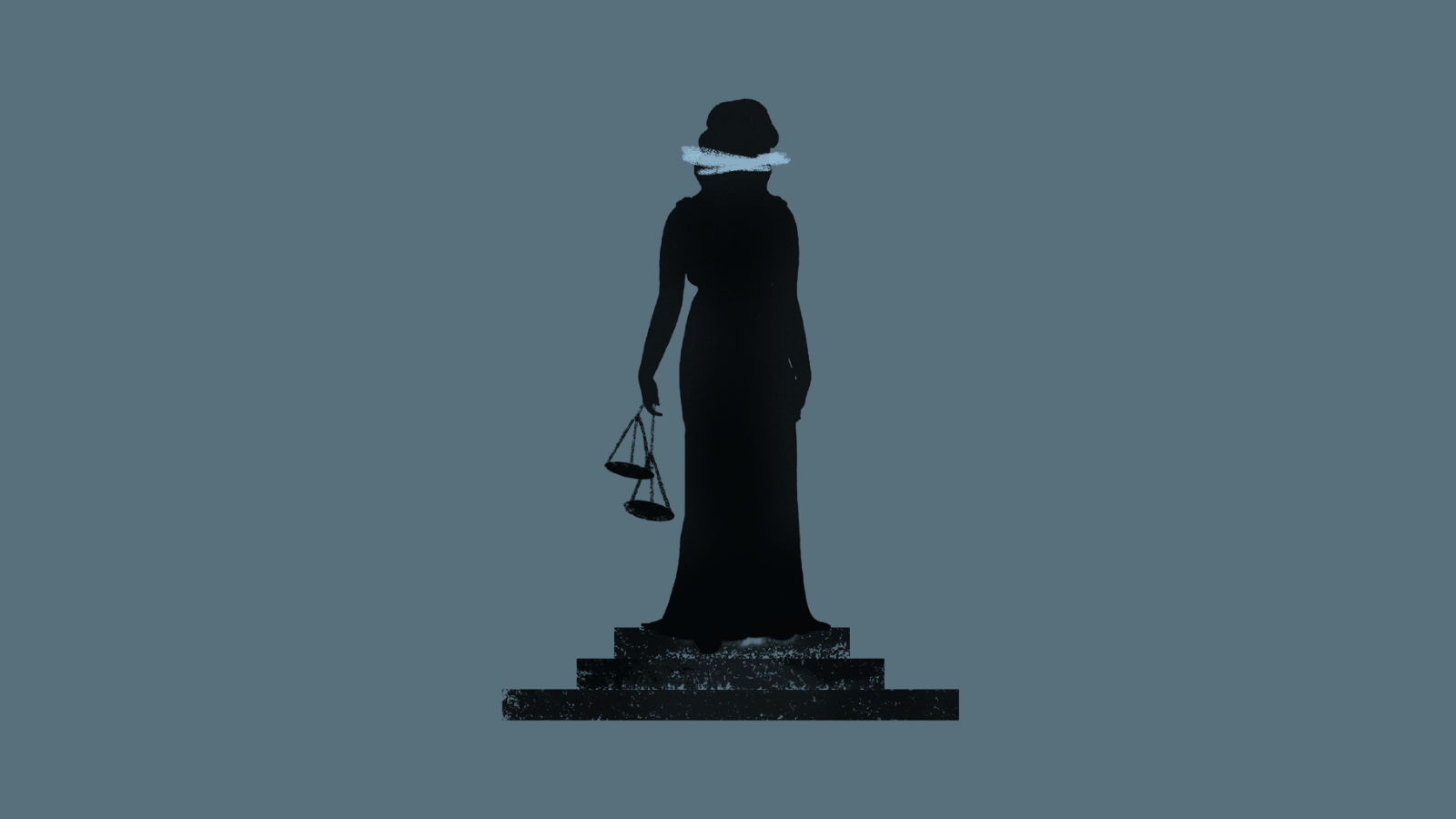
Despite state censorship and political repression, social media is changing the protest landscape in China.
With the exception of economic reform that started in the late 1970’s, the country has remained restricted by government policy and ideology. A one party state has led to a national media that lacks plurality and regularly fails to report on incidents that they fear may damage the government’s image. Combined with internet censoring and heavy-handed tactics being employed against state opposition, freedom of expression has always been limited, but there is hope for change.
Social media within China has expanded rapidly, Sina Weibo — 60 million active daily users, 600 million registered users (Sep 2013) — and WeChat — 300 million registered users, of which 100 million are international (Aug 2013) — are two of the most popular. This allows a democratic spread of information that has never previously been available to citizen journalists or local people.
A media project by the University of Hong Kong showed the importance of Weibo in relation to the 2012 protest in Shifang against potential environmental damage by a proposed copper plant. Traditional media largely declined to report on the protests themselves, but made reference to ‘an incident’ and the rising stock price of a tear gas company, whose product was used on protestors. In contrast, there were around 5.25 million posts on Weibo containing the term ‘Shifang’ between 1-4 July with 400,000 containing images and 10,000 containing video. A similar incident occurred in Chengdu, Sichuan province, when factory workers went on strike to demand higher wages. State media ignored the protests while social media spread the news that tear gas was being used, along with images of the protest. Eventually officials stepped down and workers received a raise. Physical protests can be complemented by online activity, but it is not without difficulties.
In addition to the notorious firewall, the government can censor specific words to try and control the narrative of any given incident, by pushing their own agenda and restricting citizens’ freedom of expression. However, many online users use images, and memes in particular can portray a serious topic in a light-hearted manner, further increasing the spread of information.
An OECD report in 2013 evaluated government trust in various countries, China ranked very well with 66% compared to an OECD country average of 40%. However, this disguises some of the ill-feeling towards local government officials, who are usually held accountable by the people. This could change though, as economic policy, typically the role of central government, leads to growing inequality. New leadership within the government is attempting to maintain and improve government trust, by introducing ‘Mao-esque’ techniques in an attempt to bring everyone together under one nation.
It is clear that censorship is one way of trying to achieve this, as those who openly promote citizens’ rights, inclusive democracy and transparency are regularly arrested, including Xu Zhiyong. Additionally, new training materials for journalists and editors suggest a government eager to maintain control, as they expect that the media “must be loyal to the party, adhere to the party’s leadership and make the principle of loyalty to the party the principle of journalistic profession.”
Recently, a planned protest to honour a strike over censorship last year was pre-emptively halted, when police warned or detained several people thought to be involved. A well-known campaigner for freedom of expression, Wu Wei, said that protests such as this were not accepted by the government, as they did not fit “within their social stability framework.”
The government is so concerned over social instability that Tiananmen Square is heavily monitored by uniformed and plain-clothed police. The ability to suppress dissent as quickly as possible is necessary in a popular tourist destination, to portray the image of a peaceful China to both international and domestic visitors. The digital censorship employed the government is reflected in physical terms by the large security presence in one of China’s most well-known but contentious landmarks.
The Chinese government is keen to have control over the nation’s information, and fear that freedom of expression and information could pose a threat to their power. Social media offers a critical viewpoint that is lacking from state-controlled media. However, even social media has not been able to completely detach itself from the Chinese government’s censorship.
Nonetheless, the increasing use of social media and rapid spread of information is putting pressure on the government that it has never felt before while the digital revolution is gaining more and more momentum. Democratic consciousness is rising in China and with the state pursuing an oppressive agenda, cultural change from the bottom-up, rather than institutionalised change from the top-down, is necessary to pursue these principles.
This article was posted on 15 Jan 2014 at indexoncensorship.org





